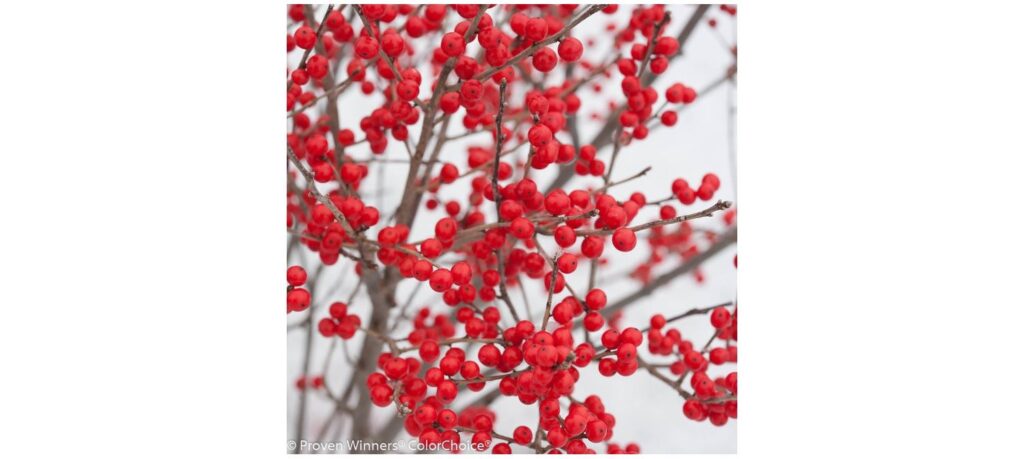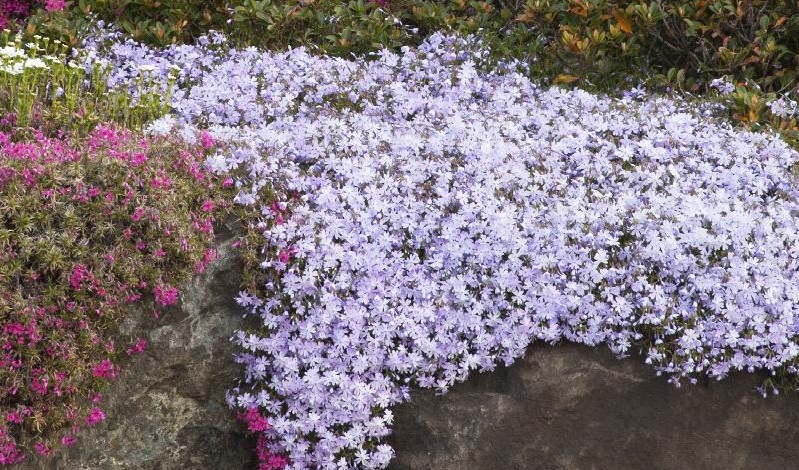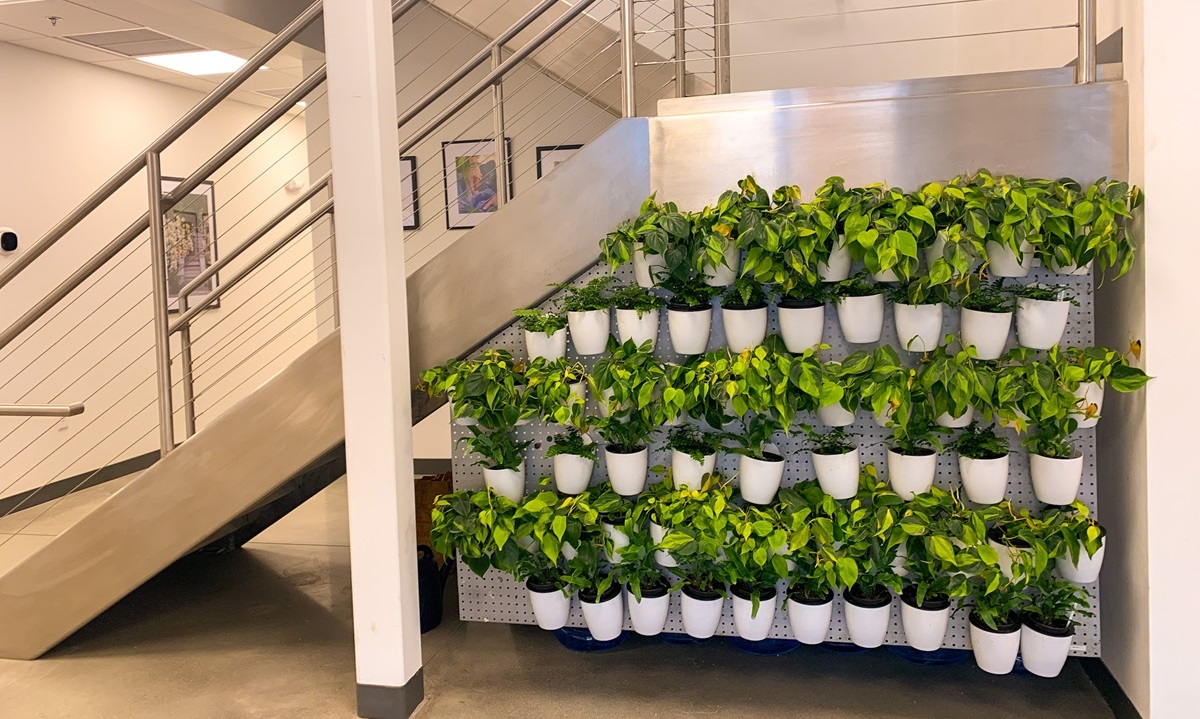Winterberry – the name pretty much says it all. Ilex Verticillata is a deciduous holly native to our area. Unlike other hollies with their dark, glossy evergreen leaves, Winterberry loses its leaves each autumn to reveal thick clusters or bright red berries that brighten even the bleakest winter day.
This adaptable shrub typically grows along low grounds, moist woods and swamps, but has also been seen in higher, drier sites. For the home gardener, this is a great choice, with its easy, slow growth pattern and inherent resistance to pests, diseases and deer. Fragrant, white flowers appear on female plants between June and July. An average soil and a site with full to partial sun is pretty much all this bountifully-berried shrub needs.
To ensure an abundant display of fruits, one male Winterberry can pollinate up to five female plants. Proven Winners offers The Berry Heavy® series, for its massive display of extra-large fruits, available in either red or gold, depending on your choice of cultivar. In this series, Mr. Poppins® is the male pollinator, and the shrubs will stand 6-8 feet tall at full maturity. If you’re looking for something smaller, The Little Goblin® series maxes out at a height of about 3-4 feet.
The berries provide food for the non-migrating birds of our area. Winterberries take time to ripen—more time than many other berries, which allows them to be a viable food source for birds later in the winter, when many other food sources have been depleted.
This late ripening habit also works in favor for the plant, as well. Many berries ripen in time for migration, with birds helping to disperse their seeds as they fly. These other berries are often more nutrient rich and palatable to birds than the berries of hollies. Not only do the hollies avoid competition by waiting longer to ripen, they conserve energy and resources needed to develop more nutrient-rich and tastier berries. Hungry birds aren’t as picky, so the hollies get their seeds dispersed with less energy devoted to the berries. This allows the hollies to have energy resources for growth and defending themselves from diseases and pests.
Talk to us here at Farmside about more colorful ideas for your winter landscape. We’re always here to help!
Main Image Photo Credit: ProvenWinners.com










